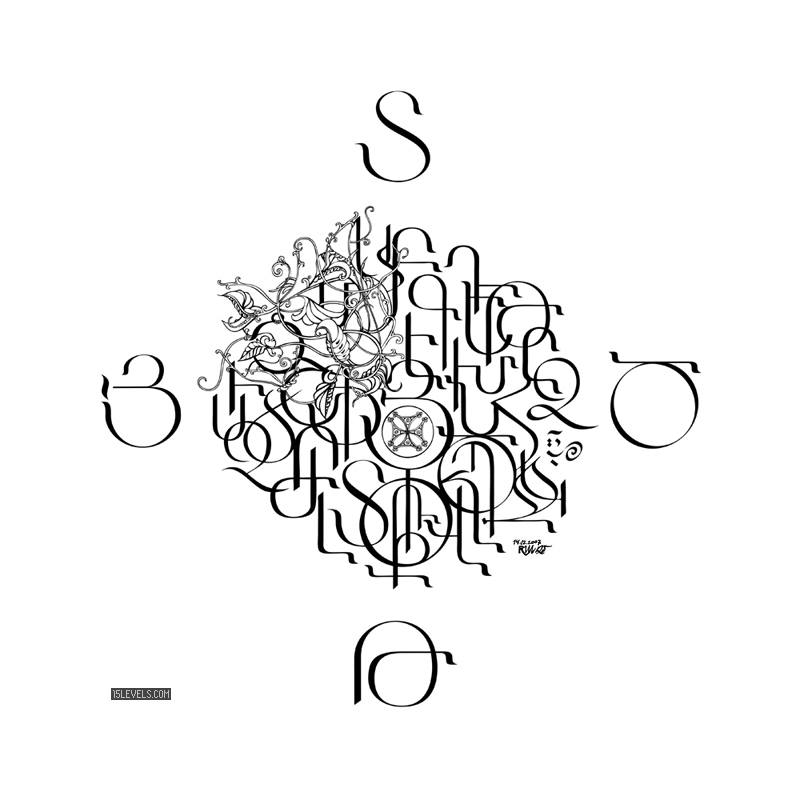
ARMENIAN ALPHABET
About 6 million people speak Armenian around the world. Almost half of this speakers live in Armenia and second Armenian Republic -Nagorno Karabakh. Russia, Georgia, Lebanon, Iran, Syria, Turkey, France, USA , as well as other many countries, have big Armenian communities, where members speak Armenian. In Romania, Cyprus and Poland it has minority language status. It is official language in Republic of Armenia and Nagorno Karabakh.
Armenian Is known as Indo - European language. First it was written down with its own unique script in 5th c. when the alphabet was created. The language in this period is known as Classical Armenian and it was in use until 19th c. It borrowed many words from Parthian, Greek, Syriac , Latin and Urartian.
Language known as Middle Armenia was used in 11-15th cc. And in this period many words were borrowed from Arabic. Turkish, Persian and Latin.
Breaking period for Armenian language came in 19th c. when the country was divided between the Russian and Ottoman Empires. The language was split into Western Armenian and Eastern Armenian. Western Armenian among Armenians in Ottoman Empire and Eastern Armenian among Armenians living in Russian Empire, especially in Georgia.
In 405 Armenian monk Mesrop Mashtoc created an Armenian alphabet, which is still in use. The alphabet by Mashtots not only played main role in spreading Christianity in Armenia, but also preserved and developed Armenian culture.
Before, Armenian Church wrote the religious works with “cuneiform” scripts and that brought many difficulties, because it was unrelated with the language.
Many researches and studies of different alphabet principles brought to one conclusion, that for Armenian alphabet the best example can be Greek alphabet. Mashtoc used the Greek
Mashtots travelled to Alexandria, where he studied the principles of writing and came to the conclusion that the Greek alphabet was the best alphabet in use at that time because there was an almost one-to-one correspondence between sounds and letters. He used this model to come up with a new alphabet, which he presented to the king when he returned to Armenia in 405 AD. The new alphabet was well-received and a new Armenian translation of the bible was published in 405 AD. Other literary works soon followed.
There are two standard forms of Armenian: Eastern Armenian, spoken mainly in Armenia, Nagorno-Karabakh, Georgia and Iran; and Western Armenian, spoken by the Armenian diaspora in many countries. They are more or less mutually intelligible.
From the early 18th century until the 1950s some 2,000 books were published in Turkish written in the Armenian alphabet, and official documents produced during the Ottoman period were in the Armenian and Arabic scripts. The Armenian alphabet was used in the literature of Kipchak-speaking Armenian Orthodox Christians between 1524 and 1669. The poet Sayat-Nova used the Armenian alphabet to write poems in Azeri, and it was also the official script for Kurdish in Soviet Armenia from 1921-1928.